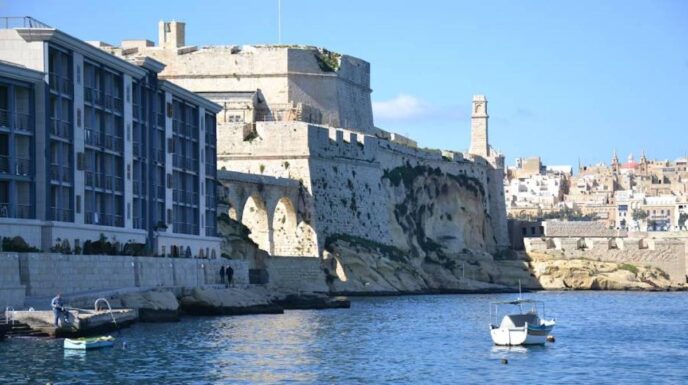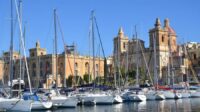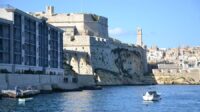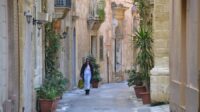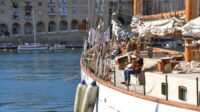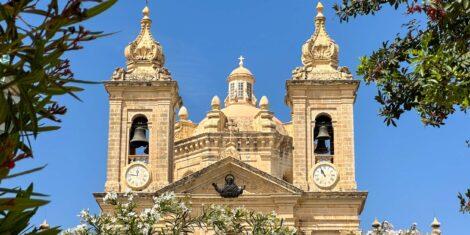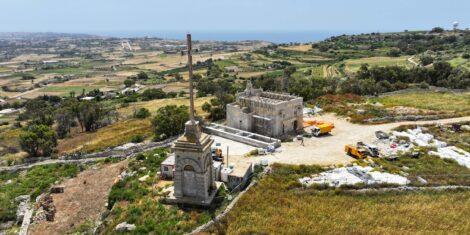We all know of the Knights of St John and how they called Malta their home between 1530 and 1798. They resided in offices called Auberges, some of which still stand today. But few realise how this order of Hospitaller knights, were possibly one of the earliest examples of international collaboration. They were a European Assembly of sorts, operating from tiny Malta!
In fact, the order brought together noble-men from across the European continent. Their purpose was to assist Christian pilgrims travelling to the Holy Land in the height of crusades times. When Jerusalem fell, they fled to Rhodes and eventually they set up shop in Malta. So what were these Auberges exactly and where were they located?
The Location of the Auberges
As a sea-fairing organisation, they opted to settle in Birgu, or Vittoriosa, rather than the island’s medieval capital of Mdina. Here, overlooking the Grand Harbour, they built their own magnificent offices. They called them Auberges – one for every Langue that constituted the Order.
The Langues of the Order of St John were the Langue of Auvergne, France, Provence, Aragon, Italy, Germany (including all of the Holy Roman Empire as well as Scandinavia, Hungary and Poland) and England (including Scotland and Ireland).

The English Langue
When they came to Malta, England still formed part of the order. In fact, in Birgu we can still find the Auberge d’Angleterre, largely intact. By the time they moved to Valletta, their new Capital in the 1570s, England no longer formed part of the Order, following the Protestant Reformation. That’s why there’s no Auberge d’Angleterre in Valletta.
The Auberges served as the administrative centres for the Knights, but they were also their residences. Most of them were situated within the Collacchio, the area in Birgu designated for the Knights.
Special Italy
The exception was Italy’s Auberge which was situated closer to the harbour. This made sense due to the Langue’s naval duties.
Unfortunately some of these buildings were lost, either to make place for other more important offices. More notably, some were destroyed during the air-raids of the Second World War. In some cases, all we have left are old paintings and a marble plaque reminding passers-by what used to be there.
The Auberges today
In more sensible contemporary times, these magnificent buildings of such historical importance are appreciated for what they are, as many of them have been restored to their former glory. In certain cases they are fittingly being used as offices of Government such as the Auberge de France which today houses the Vittoriosa Local Council.
